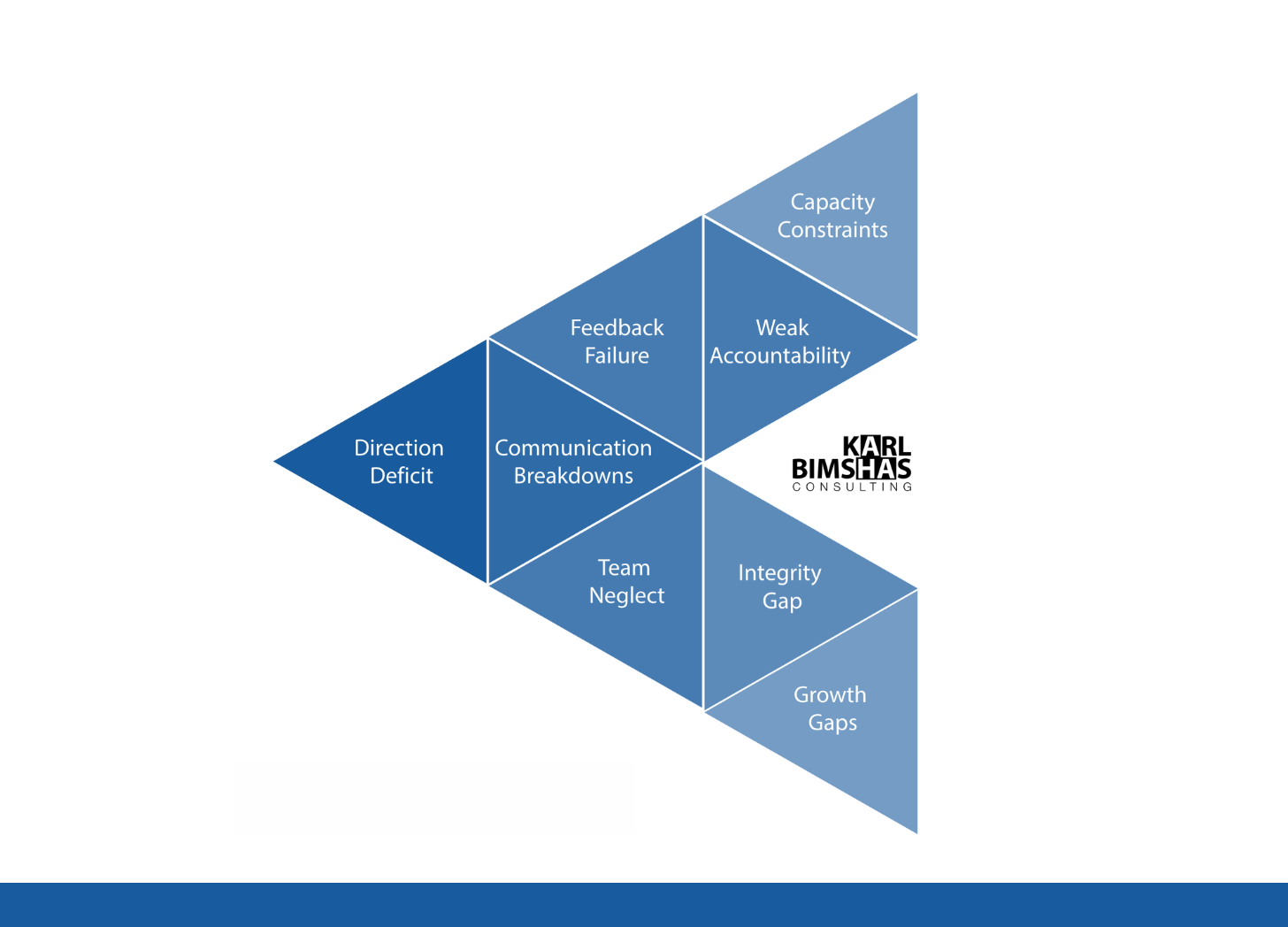Did you think Leadership Drift would stop just because it’s Labor Day? Drift sneaks in during downtime, when leaders let “good enough” go unchecked or stop paying attention. It shows up when the calendar slows, the team relaxes, and you tell yourself that coasting for a while isn’t a big deal.
Leadership Drift is never harmless. It’s not a sudden collapse you can see coming. Drift is the slow, silent erosion of your integrity. You don’t wake up one morning with a disengaged team or a fraying reputation; you get there one compromise at a time.
Here’s a quick video if you’d rather see Leadership Drift in action than read about it.
Drift is settling for work that’s almost correct because fixing it feels like too much effort. It’s avoiding the conversation you know you should have, convincing yourself you’ll “circle back later,” and then you don’t. It’s promising to follow up on a commitment and letting it slide when the pressure eases.
One moment won’t sink you, but over time, these moments add up. Drift erodes confidence. It confuses your team. It makes you irrelevant in your own role. And you usually don’t notice the damage until it’s already done.
Holidays, long weekends, and quiet stretches are prime opportunities for Drift. Boundaries blur. Standards relax. What you accept when things are slow often becomes what defines you when things pick up again.
If you’re honest, you probably already know where Drift is sneaking into your leadership: that project you keep delaying; that difficult conversation you’ve been avoiding; that “good enough” work you accepted when you should have sent it back.
The good news is that Leadership Drift can be reversed if you take action.
Here’s your first two moves:
Take ten minutes and discover where Drift has crept in. That small act of awareness is the start of regaining clarity, confidence, and control.
Leadership Drift doesn’t take a holiday. Neither should your vigilance.



